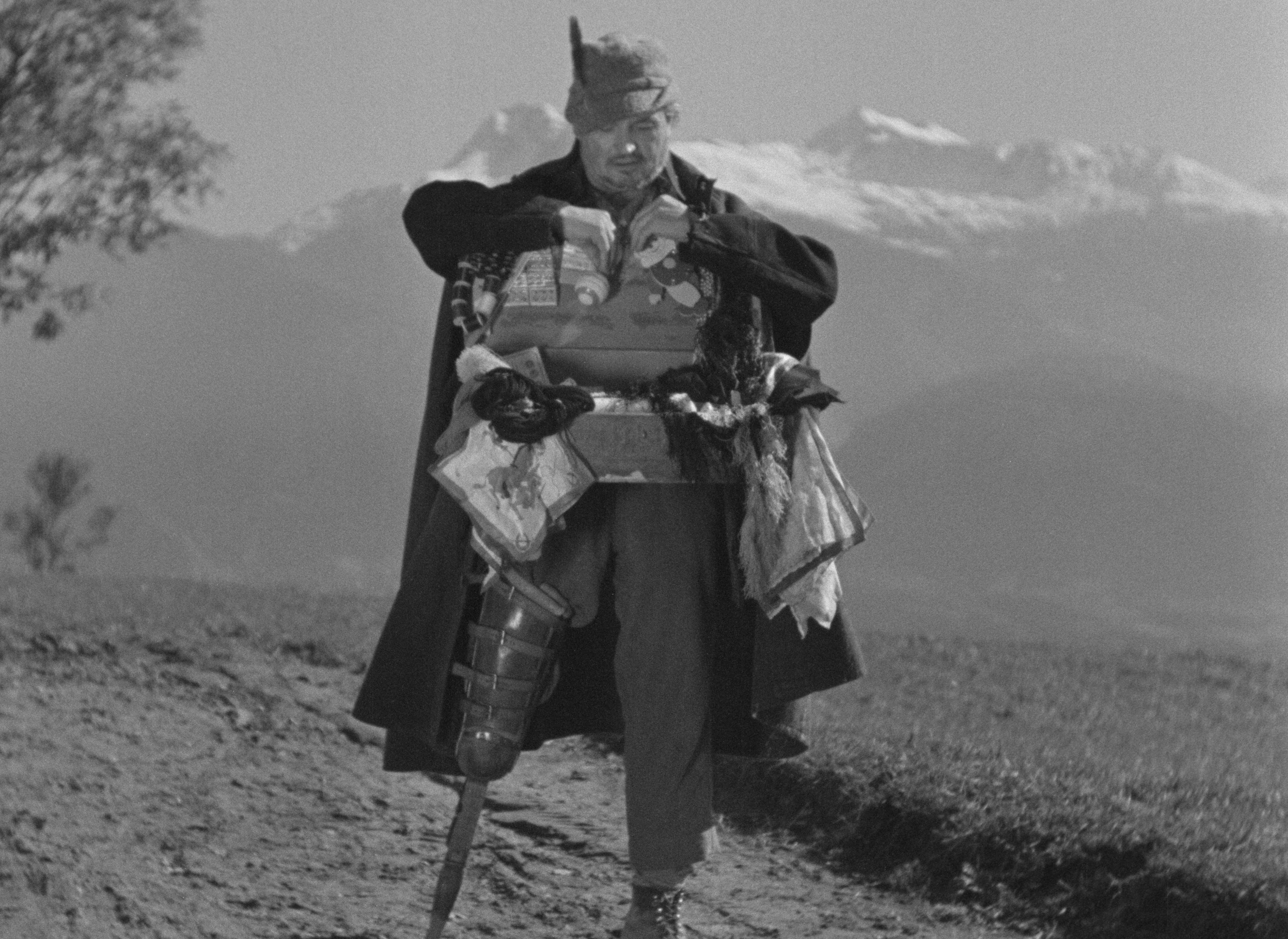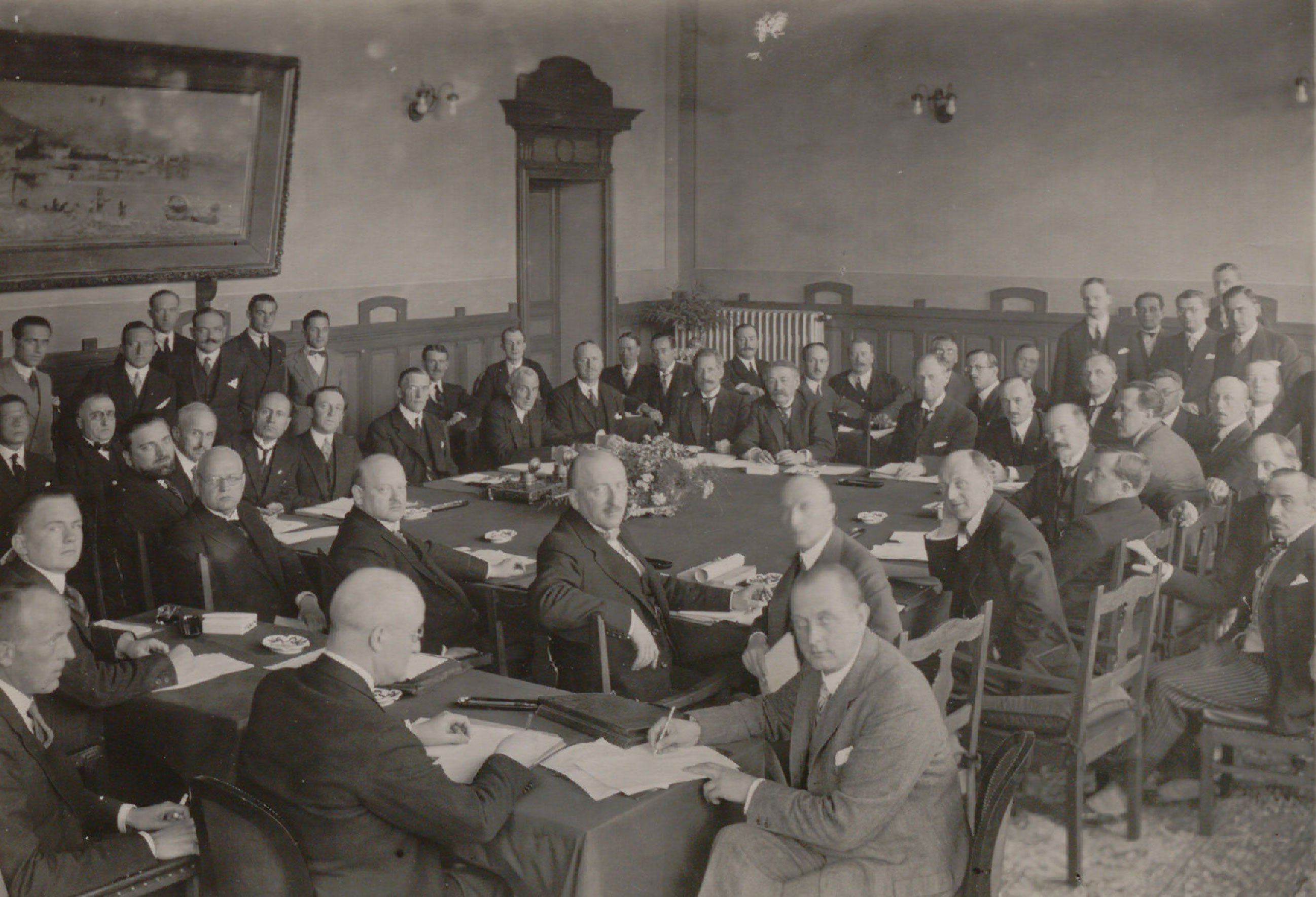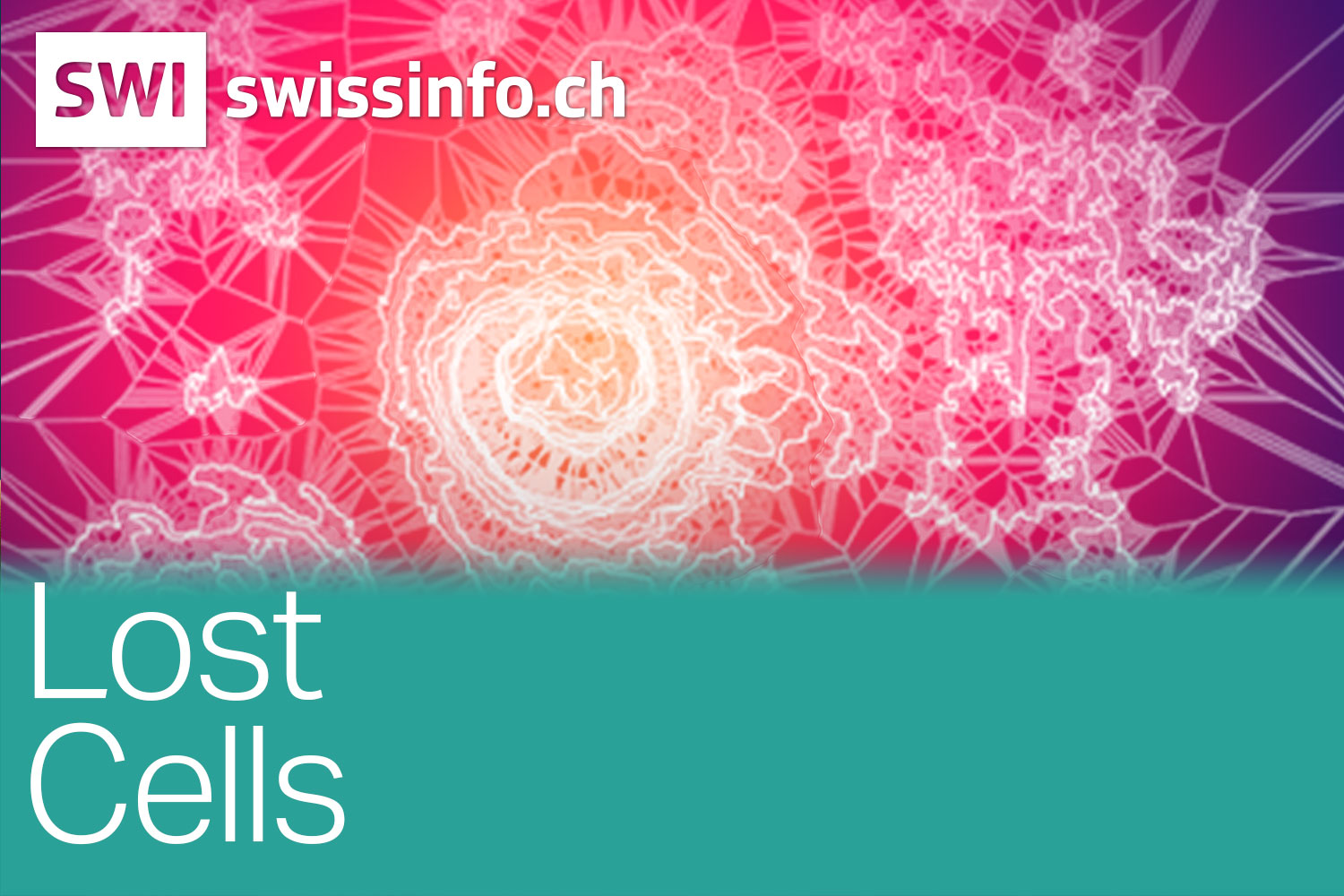
The wine that unites: from Ticino to South Africa
This is the story of Iacopo Trapletti, who left Coldrerio, in canton Ticino in southern Switzerland, for the Springfontein Wine Estate, in South Africa, to learn the secrets of wine and how to apply them in his family's wine business.
“Something had to change, so I thought the only way was to leave, to go abroad. New culture, new people, new language, new challenges,” said the young winemaker.
Iacopo Trapletti is in his early twenties. He doesn’t know much of the world. But he knows it doesn’t end in Coldrerio, where he was born and raised. And that is where his grandfather (first) and father (later) created and developed a company that pivoted from a fruit and vegetable business to a wine business.
His life, he already knows, will flow along the rows of vines on their estate in the Mendrisiotto. But first, he has to get to know the world a little, test himself in other settings, steal some good ideas and learn English.
And so, in January of this year, he left for South Africa. His destination was the Springfontein Wine Estate, a strip of land sandwiched between the Kleinrivier mountain range to the north and the Atlantic Ocean to the south, a small estate by South African standards.
“The story of Springfontein began 30 years ago with my husband. When Jost arrived here, he fell in love with the place, because he sensed something magical about it, a special energy that captures you,” says Jeanne, a winemaker from Chablis, a village in Burgundy, who has lived in South Africa for some time.
“We have never lacked water. Mineral. Pure. The stones are a maritime limestone. That is why our wine has a special minerality. It is a perfect soil for the vineyard,” Jeanne explains.

More
Swiss distiller creates world’s best vodka in Cape Verde
Twenty-five hectares are mainly cultivated with Pinotage and Chenel, two indigenous grape varieties. They also use a different winemaking method from the one Trapletti knew at home.
“Springfontein has adopted spontaneous vinification, with natural yeasts that are present on the grape berry. These are a bit more complicated to manage. They start in a slower way. Instead, at home we use selected yeasts that can be used in organic winemaking. There is no problem. It is a question of ethics, there are people who want to be completely natural,” says Trapletti.
Springfontein produces between 80,000 and 100,000 bottles a year, a small entity compared to the giants of the cape winelands.
“Springfontein is not the winery for big winemaking, but it is almost a family. There are people coming from Malawi, Zimbabwe, South Africa, even Germany. And it is very nice this exchange of cultures,” explains Trapletti, who, once back home, treasured the South African experience.
“Iacopo now has to bring freshness, but also dynamism and speed. We can no longer go at the speed of small changes that happened ten years ago. Because others are moving at a different speed, especially the emerging Swiss markets, canton Graubünden and all the cantons of German-speaking Switzerland, which produce excellent reds,” says Enrico Trapletti, Iacopo’s father, who is counting on the new generation to ensure the company’s future.
Adapted from Italian by DeepL/ac

In compliance with the JTI standards
More: SWI swissinfo.ch certified by the Journalism Trust Initiative




























You can find an overview of ongoing debates with our journalists here . Please join us!
If you want to start a conversation about a topic raised in this article or want to report factual errors, email us at english@swissinfo.ch.